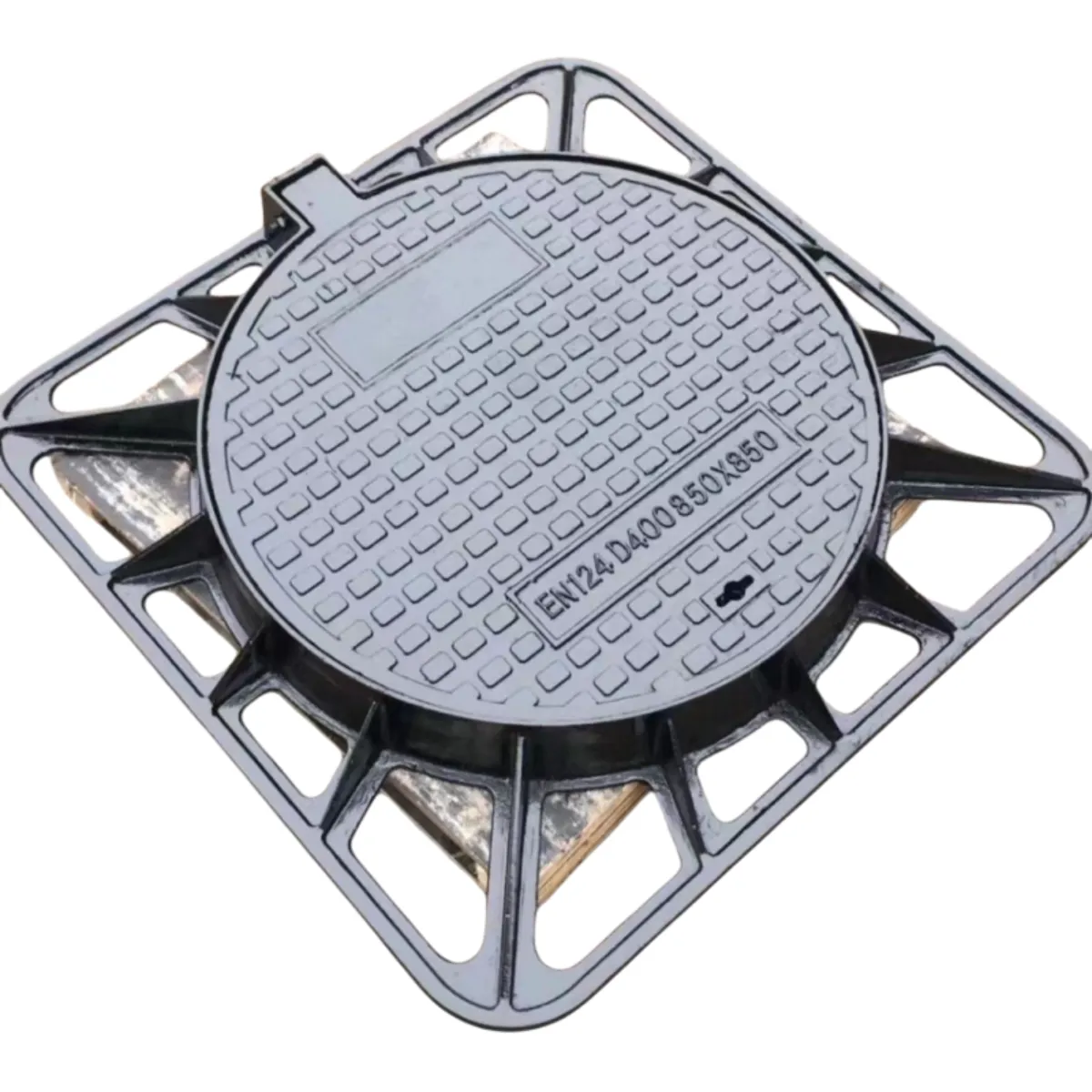Understanding Air Safety and the Function of Relief Valves in Aviation
Understanding Air Safety Relief Valves
Air safety relief valves, often referred to simply as safety relief valves, play a crucial role in various industries, particularly in the field of aviation and aerospace engineering. These devices are essential for maintaining the integrity and safety of pressurized systems by preventing overpressure situations that could lead to catastrophic failures. This article explores the importance, functionality, and applications of air safety relief valves.
What is an Air Safety Relief Valve?
An air safety relief valve is a pressure-regulating device designed to protect pressurized systems from exceeding their maximum allowable pressure. Its primary function is to open at a preset pressure level, allowing air or gas to escape, thus reducing the internal pressure of the system. Once the pressure drops to a safe level, the valve automatically reseals, ensuring that the system remains operational.
These valves are critical in preventing accidents and maintaining the safety of both equipment and personnel. In aircraft systems, for example, a failure of an air safety relief valve could lead to uncontrolled pressure buildup in hydraulic or pneumatic systems, potentially resulting in system failures or even crashes.
How Do Air Safety Relief Valves Work?
The operation of an air safety relief valve can be understood through its components and mechanics. Typically, the valve consists of a spring-loaded mechanism that holds a disk or plug against a seat. When the internal pressure exceeds the set limit, the force exerted on the disk overcomes the spring force, causing the valve to open.
Once opened, the disk allows air or gas to escape until the pressure drops back to a predetermined level. The spring then re-engages, closing the valve and sealing the system. This automatic operation ensures that the system can quickly respond to pressure fluctuations without requiring manual intervention.
Key Features and Specifications
Air safety relief valves are characterized by several important features
1. Set Pressure This is the predetermined pressure at which the valve opens. Setting this value accurately is vital to the safety and stability of the system.
2. Blow-off Rate This refers to the volume of air or gas that the valve can discharge in a given period. It is essential for calculating whether the valve can handle potential pressure spikes efficiently.
air safety relief valve

3. Materials Depending on the application, relief valves can be made from various materials, such as stainless steel or plastics, which provide resistance to corrosion and pressure-related wear.
4. Size and Type The size of the valve is determined by the system's specifications and the required flow rate. There are also various types, such as pilot-operated or spring-loaded relief valves, each suited to specific application requirements.
Applications of Air Safety Relief Valves
Air safety relief valves are widely used across multiple sectors, including
- Aerospace In aircraft, these valves are critical for the safe operation of hydraulic and pneumatic systems, helping prevent failures that could compromise safety.
- Manufacturing Many manufacturing processes rely on high-pressure systems, where safety relief valves ensure that pressure levels remain within safe limits.
- Chemical Processing In this industry, managing pressure is vital to prevent chemical explosions or leaks, making safety relief valves indispensable.
- Oil and Gas The exploration and production of oil and gas involve high-pressure systems where relief valves provide essential safety mechanisms.
Conclusion
Air safety relief valves are integral to the safety and efficiency of pressurized systems across various industries. Their ability to respond to pressure changes swiftly helps to prevent catastrophic failures and protect both equipment and personnel. As technology advances, the design and functionality of these valves continue to improve, ensuring that they meet the evolving demands of modern engineering challenges.
In summary, understanding the significance and operational principles of air safety relief valves is essential for engineers and safety professionals alike. By prioritizing the integrity of these components, industries can better protect their systems, employees, and communities from the risks associated with pressurized operations.
-
The Smarter Choice for Pedestrian AreasNewsJun.30,2025
-
The Gold Standard in Round Drain CoversNewsJun.30,2025
-
The Gold Standard in Manhole Cover SystemsNewsJun.30,2025
-
Superior Drainage Solutions with Premium Gully GratesNewsJun.30,2025
-
Superior Drainage Solutions for Global InfrastructureNewsJun.30,2025
-
Square Manhole Solutions for Modern InfrastructureNewsJun.30,2025
-
Premium Manhole Covers for Modern InfrastructureNewsJun.30,2025
